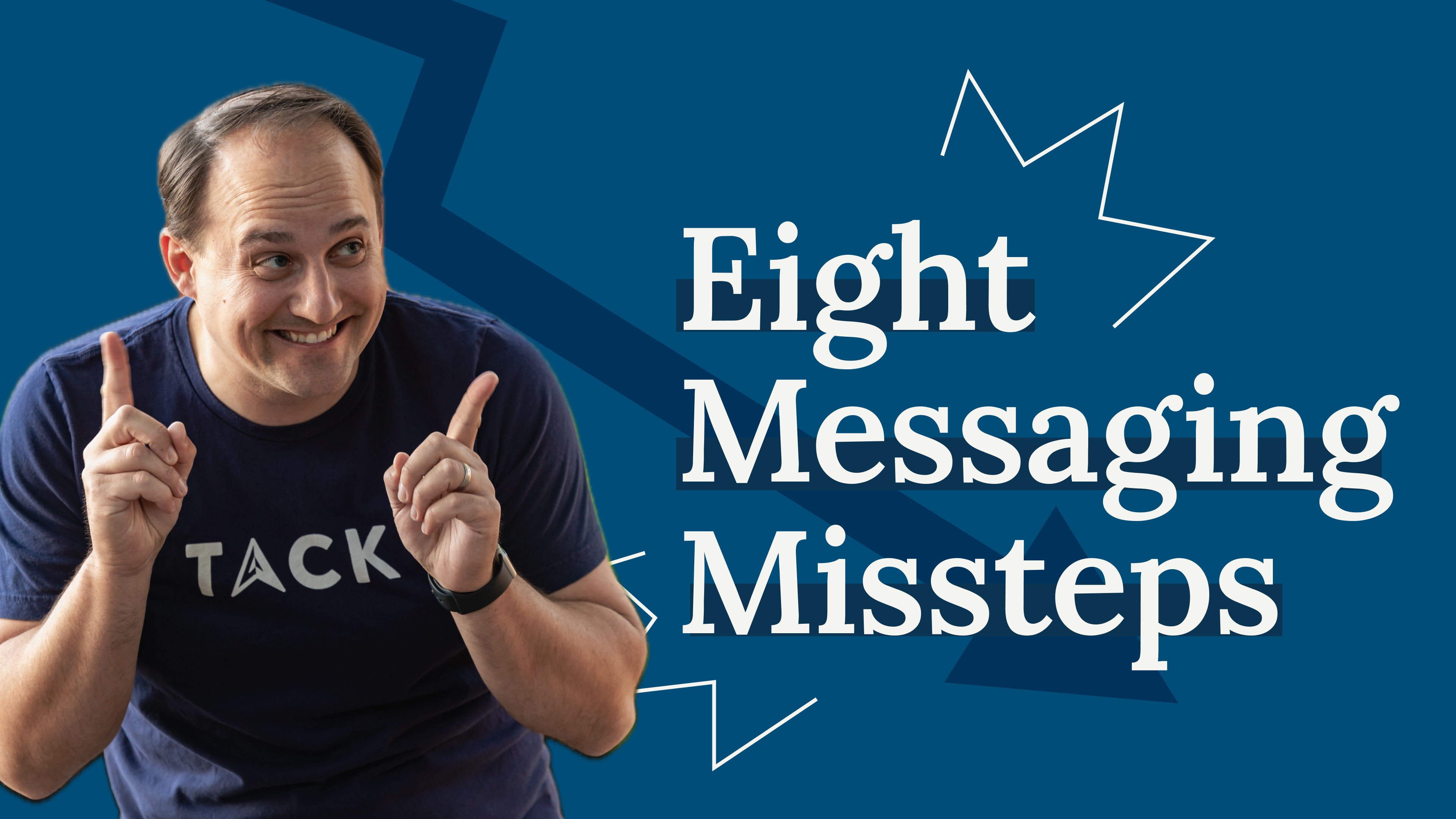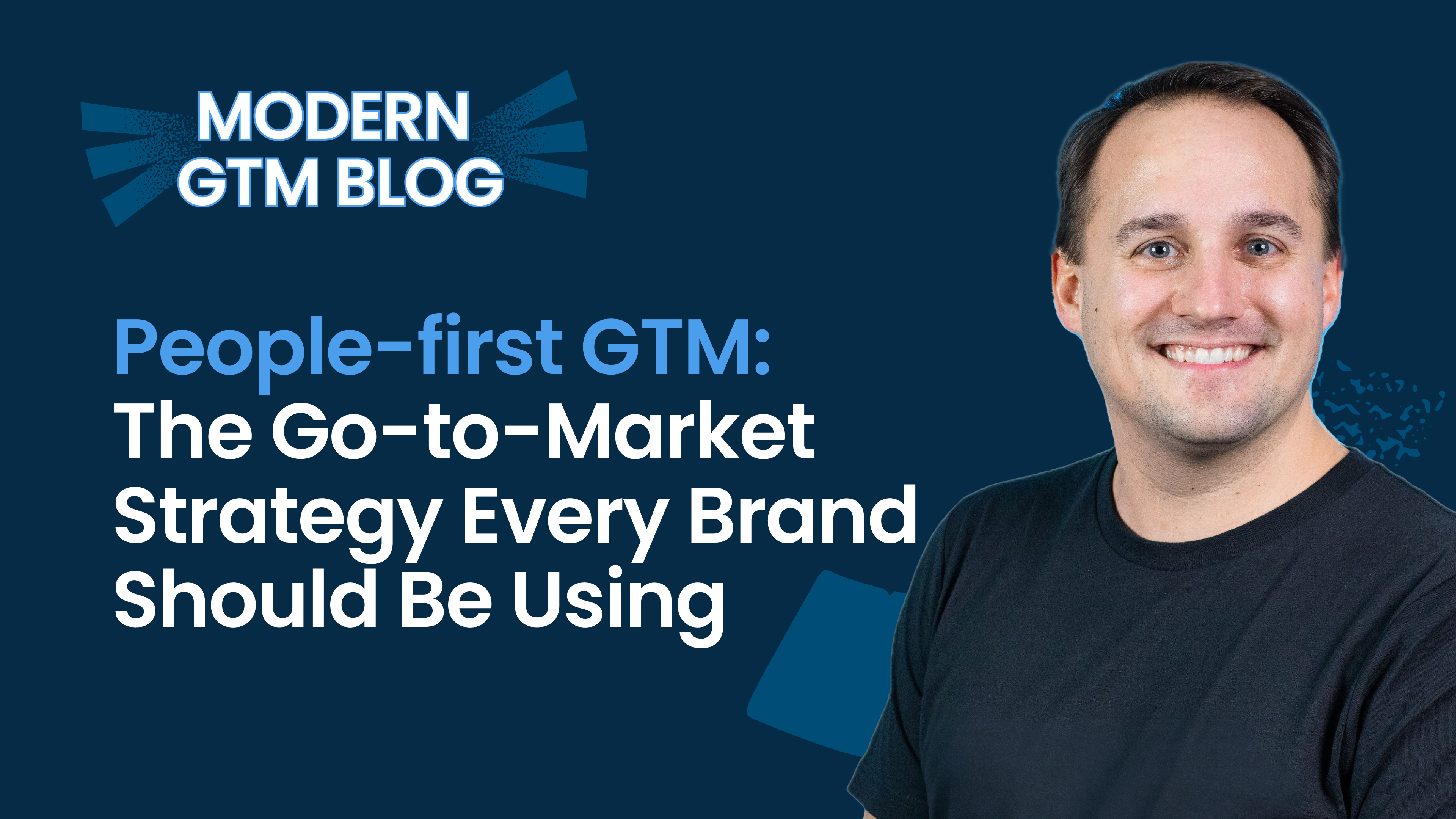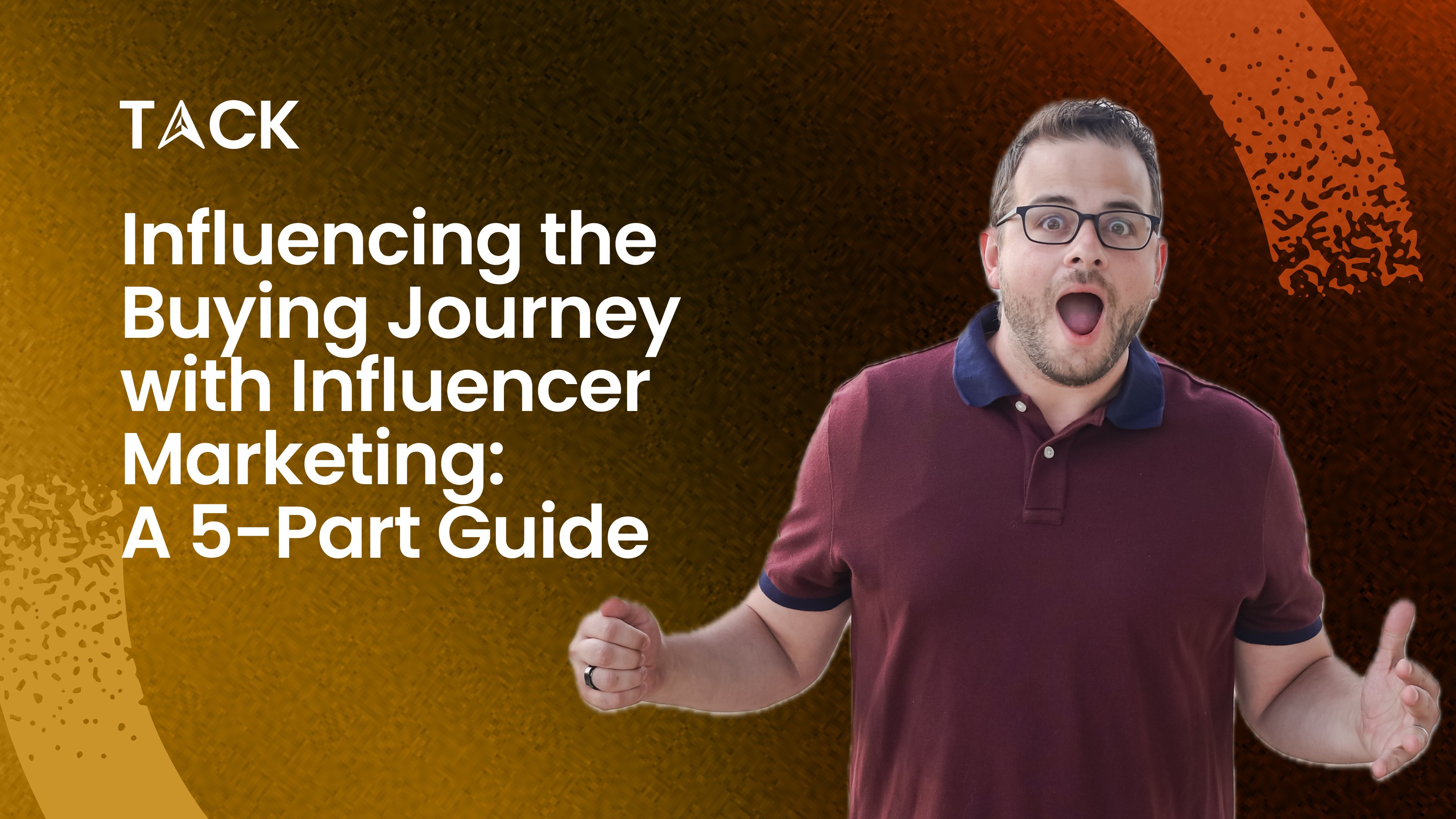Would you pick your brand’s messaging out of a lineup?
Probably. You or your team look at it day after day and likely have spent hours creating it.
But now imagine you’re a prospect in the market. You’re looking at page after page, blog after blog. After a while, those voices are all going to sound the same.
So what’s the secret to avoiding this predicament? Obviously you’ve got to make sure your message not only reaches your audience but how do you make sure it resonates with them?
It’s the little things that count. Let’s take a look at eight of the most commonly missed essentials that could be sabotaging your efforts.
Mistake #1: You Don’t Differentiate Between Positioning and Messaging
First things first: positioning and messaging might be talked about in the same breath but they are not interchangeable.
Positioning is your brand's unique place in the market. It's the spot you've carved out for yourself in the minds of your customers. Think of it as adjectives you’d use to describe your brand if it were a person. To use a networking event as a framework, would your brand be the life of the party or the quiet person sitting in the corner?
Messaging, on the other hand, is how you communicate that position to your audience. It's the words you use, the stories you tell, the promises you make. To continue our previous example, it’s the exact conversations you’re having at that event. Are you discussing quantum physics or cracking dad jokes about shoes?
In our experience: plenty of brands can have one without the other. Some brands nail their positioning but fumble the messaging, or vice versa. The result? A disconnect that leaves customers scratching their heads. Don't be that brand.
Mistake #2: Treating Your Audience Like Data Points
If Sun-Tzu was writing a book about marketing rather than war, he might have suggested that you "know thy audience". Unfortunately, too many brands are still trying to market and sell their product to everyone. They’re playing catch in the dark and hoping to at least hit something.
Your audience segmentation and personas needs to actually reflect the very well defined audiences you’re trying to sell to. You can’t write effective positioning OR messaging without it.
And that’s where many brands drop the ball: they create personas based on outdated information or, worse, gut feelings. Your audience isn’t a monolith. It’s a group of people. And people change so you’ve got to keep up.
How? Leverage that sweet, sweet data.
Use social listening tools, conduct surveys, analyze your first party data from web analytics. Get into the nitty-gritty of who your audience is today and who they might be tomorrow, not the image you have in your head from five years ago.
Remember: your audience isn't just a collection of data points. They're real people with real needs, desires, and pain points. Treat them as such, and watch your messaging hit home.
Mistake #3: Failure to Focus on Differentiation
This one takes us right back to where we started this conversation. Close your eyes and think of a brand. Any brand. What makes them stand out? If you have an answer, they’ve done their job right. If you can’t, well, their team should be reading this as well.
Too many brands are playing it safe. They’re looking to their competitors and copying what they are doing rather than forging their own path forward. Worst part is that in a world of copycats, the original always wins.
So as you’re thinking about positioning and messaging, you have to be able to answer the question: what sets us apart?
Is it your product? Your customer experience? Your brand story? If you can't answer this in one compelling sentence, it's time to go back to the drawing board.
Take Patagonia, for example. They're not just selling outdoor gear. They're a champion of environmental causes. Yes, they have quality products but what their brand represents is a lifestyle and a set of values. That's differentiation done right. If you need more examples of this, watch (or more likely rewatch) Simon Senek’s viral TED talk about starting with why.
Mistake #4: There’s No Emotion to Your Brand
Your customers don't really care about your product features. They don’t care that it’s bleeding edge or cutting edge or whatever other edge it is. What they do care about is how your product makes them feel.
Do they feel better at their job? More competent in front of their boss? Do they feel success because adopting your solution saved them money?
These are the moments that you’re aiming at and the ones that need to be communicated either explicitly or implicitly in your messaging.
Humans are emotional creatures. Science has long-since validated the idea that we make decisions based on feelings and justify them with logic later.
Yet, so many brands still focus solely on product features and benefits. They’ve forgotten the story.
Want your messaging to stick? Make it emotional—and that means making it a narrative.
Use testimonials that showcase real people's transformations. Tell stories that your audience can see themselves in. Paint a picture of the life they could have with your product or service.
People don't care about your product. They sure as heck care about a better version of themselves.
Mistake #5: Ignoring the Audience's Pain Points
After many, many years of reading SaaS websites, we believe we’ve discovered the single quickest way to increase our bounce rate on your website. Ready for it?
Talk about how great your product is as doing the thing your product is designed to do.
Here’s what’s missing in that picture: your audience. They have a problem and have come to your website to see whether it helps them close the gap between where they are now and where they want to be.
Too many brands fall into the trap of promotional self-talk, feature-dumping, and listing off all the bells and whistles of their product without addressing the one thing their audience really cares about: "What's in it for me?"
This mistake can be difficult to solve as you’re going to have to truly be able to put yourself into your customers’ shoes. That means you’ve got to conduct surveys, dive into customer support logs, scour social media comments. Uncover the real issues your audience is facing. Then, and only then, craft your messaging to directly address these pain points. Assuming you’ve got product/market fit, conversations about what your product does should fit neatly in there but only after you’ve talked about pain points first.
Be the aspirin to their headache, not just another vitamin they might take.
Mistake #6: Your Messaging and Positioning is Inconsistent Across Channels
Let’s head back to our network event in the first example. You meet someone at a networking event. They're funny, charismatic, and you hit it off. Then you follow them on social media, and suddenly they're a completely different person. Confusing, right?
That's exactly what happens when your brand messaging isn't consistent across all channels. It's like your brand is putting on multiple faces and that’s never a good look.
Whether your audience is reading your website or a technical whitepaper, your brand voice should shine through.
Slack is a great example of consistent messaging. Whether you're browsing their website, interacting with their customer support, or watching their promotional content, Slack's message is clear: they make work communication simpler, more efficient, and even enjoyable.
Mistake #7: You Don’t Update Your Positioning and Messaging Over Time
The market changes. Customer expectations shift. New competitors emerge. These are all a given. Yet many times, brands think if they change their positioning and messaging they are no longer going to be what they were.
The truth is if you're not evolving with these changes, you're falling behind.
Take one of our favorite examples, HubSpot for instance. They were positioned primarily as an inbound marketing software for small businesses. But if you take a look at them now, as the market evolved and customer expectations shifted, they’ve changed and shifted as well.
They recognized that it is no longer feasible for marketing to operate in a silo. These days, you don’t have to search hard to see their position as a comprehensive CRM platform offering marketing, sales, service, and operations tools—a change driven by market demand for more integrated solutions for more integrated teams.
The brands that survive and thrive are the ones that adapt.
Stay agile, conduct regular audits of your positioning and messaging. Are they still relevant? Do they still resonate with your audience? Are they still differentiated in the current market landscape? If you answer no to any of these questions, then it’s definitely time for a change.
Mistake #8: You Don’t Have Internal Alignment on Positioning and Messaging
Here's a nightmare scenario for you: Your marketing team crafts a brilliant positioning strategy. Your ads are on point. Your website copy is impeccable at communicating what you need it to. But then a customer calls your support team, and it's like they're talking to a completely different company. And there’s five or six members of the senior leadership team who talk about your product in a way that’s completely different than what it actually does.
You can’t have successful positioning and messaging without internal alignment. If your own team doesn't understand or buy into your brand's position and message, how can you expect your customers to?
This isn't just a marketing thing. It's a whole-company thing. From the C-suite to the front lines, everyone needs to be on the same page.
How do you achieve this? Workshops, training sessions, clear guidelines. Make your positioning and messaging part of your company culture. Because when your team lives and breathes your brand message, it shows in every customer interaction.
It's Time for a Positioning and Messaging Check-up, Isn’t It?
So honestly, how many of these essentials have you been missing? If you're like most brands, probably more than you'd care to admit. But here's the good news: awareness is the first step to improvement.
Your positioning and messaging strategy isn't just some marketing fluff. It's the foundation of your brand's identity and success. Get it right, and you'll cut through the noise, connect with your audience, and leave your competitors in the dust.
So, what are you waiting for? It's time to take a hard look at your current strategy. Are you differentiating yourself? Are you speaking to your audience's emotions and pain points? Is your message consistent and up-to-date?
In a world where everyone's shouting, the brand that speaks clearly and to the heart of what your audience is looking for will be the one that gets heard.
Looking for additional resources about messaging and positioning?
Positioning and messaging form the foundation of an effective People-first Go To Market Strategy. Our playbook features a comprehensive walkthrough of how to go about developing (or revamping) how your company understands itself. You can check out the full playbook here.






